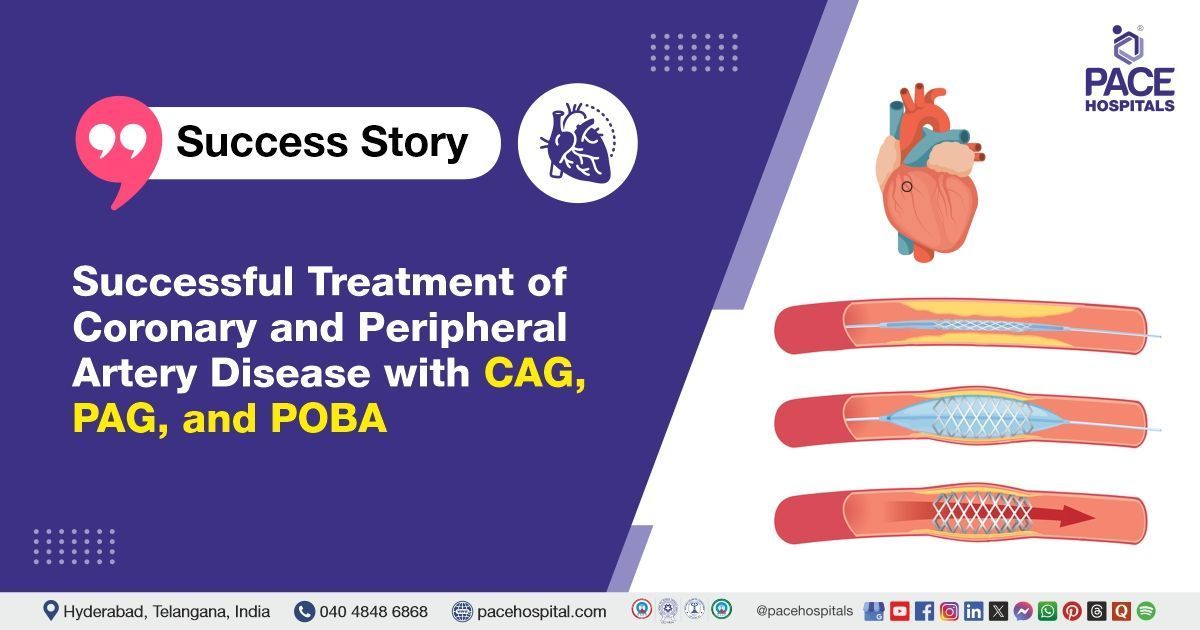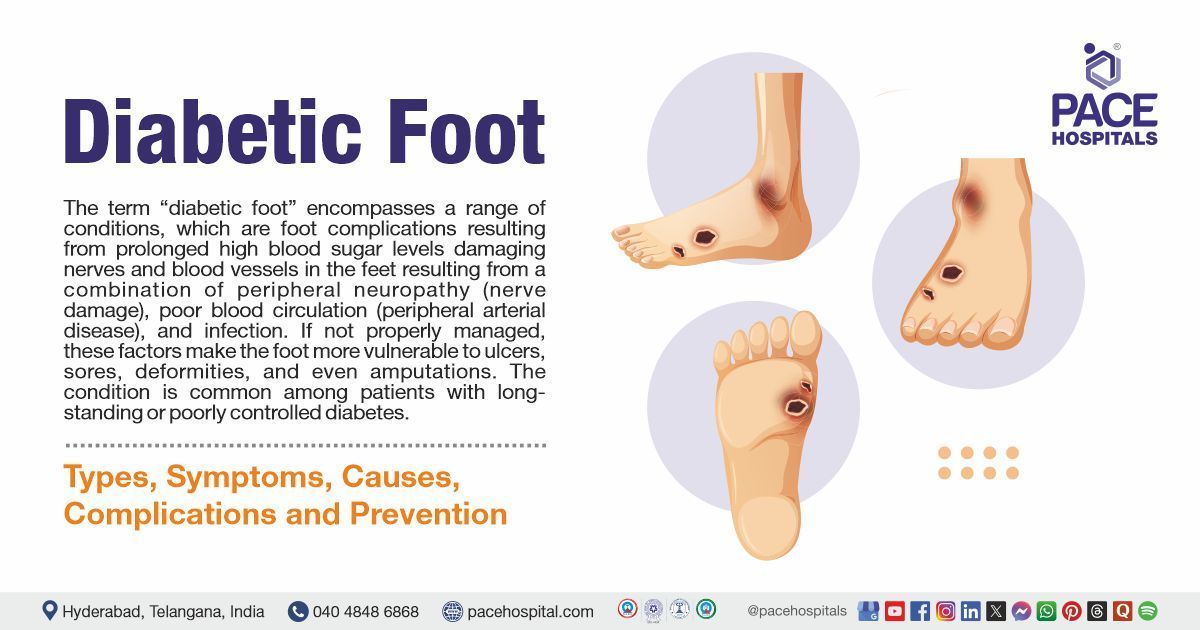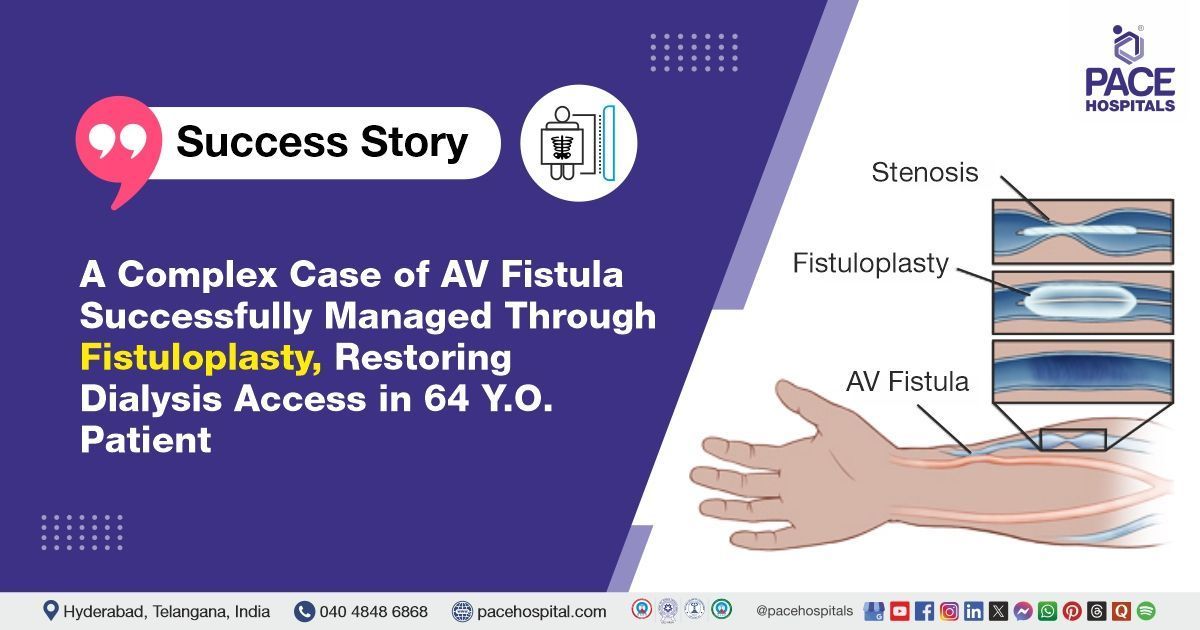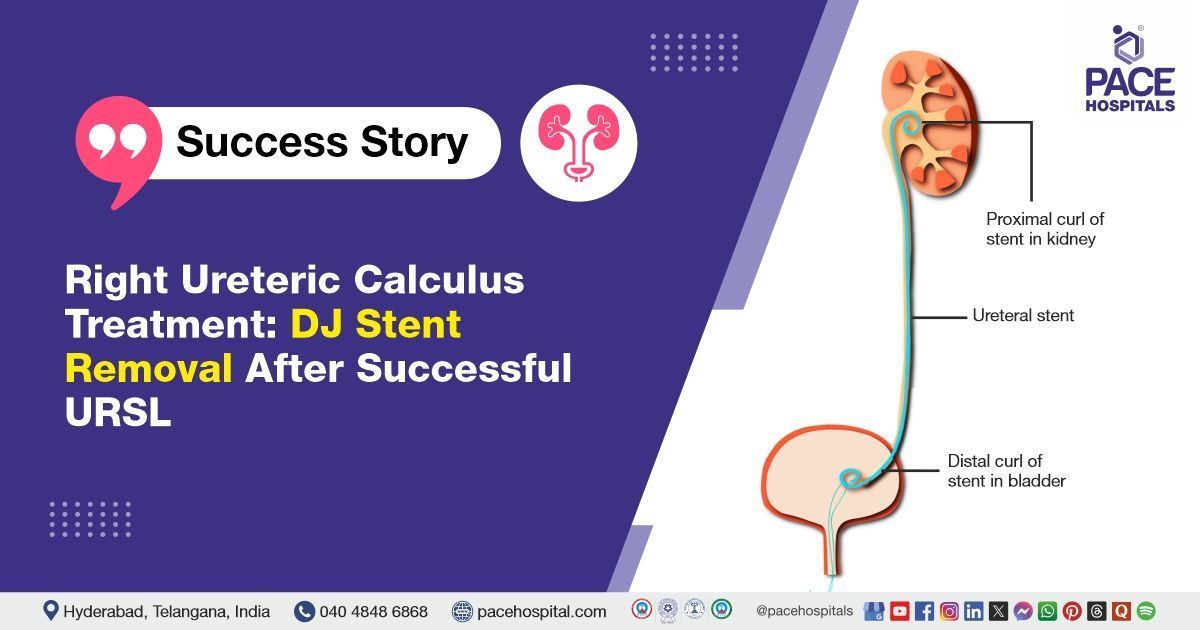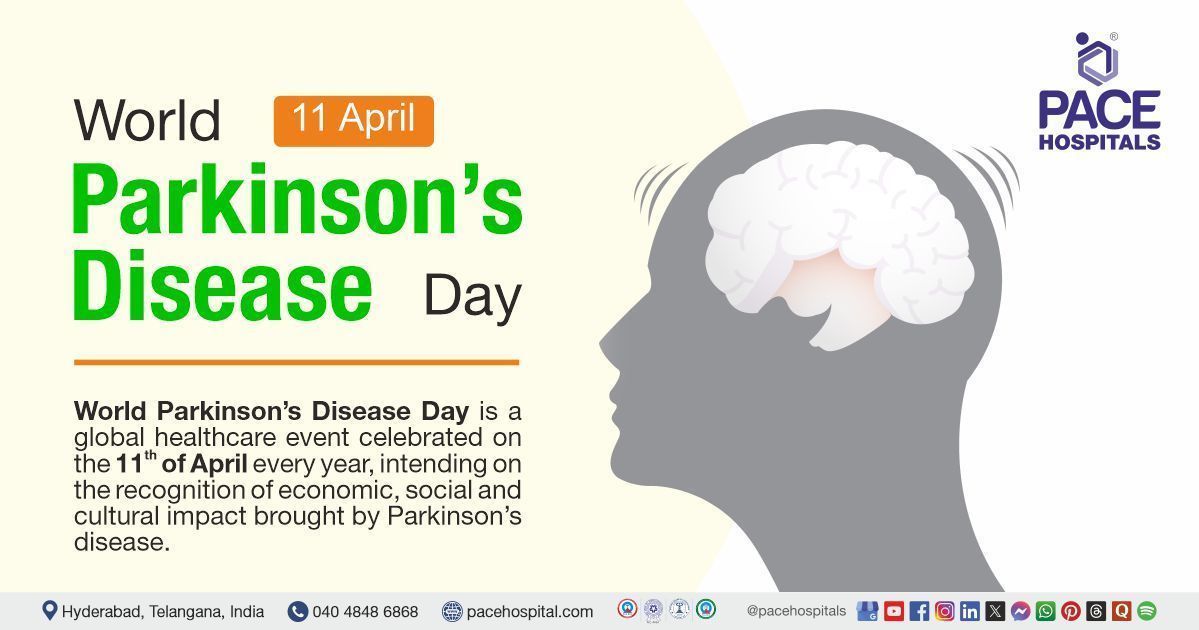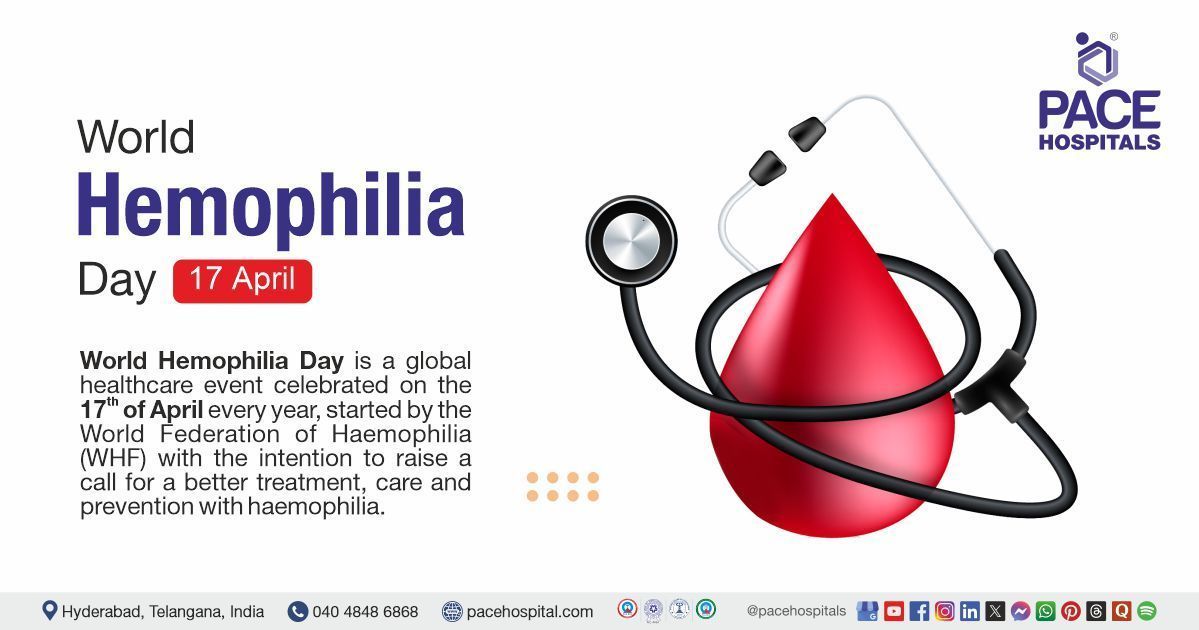Pan-D Capsule - Uses, Side Effects, Composition, Dosage & Price
Manufactured by: Alkem Laboratories Limited, Mumbai, India.
Pan-D composition: Each Pan-D capsule 15'S (15 capsules per strip) contains 30 mg of domperidone and 40 mg of pantoprazole.
Overview
Pan-D is composed of two medicines, pantoprazole and domperidone, and the combination of these is used to treat gastrointestinal tract disorders (GIT). This drug combination has anti-inflammatory (reduces swelling), anti-reflux, anti-ulcer, and antiemetics (relieves vomiting) properties.
- Pantoprazole is a proton pump inhibitor (PPI) which helps in reducing the gastric acid secretion and thereby relieves from the symptom of heartburn.
- Domperidone belongs to dopamine antagonists, which act as a D2 receptor. This is an antiemetic used to treat dyspepsia, epigastric pain, nausea and vomiting.
- Domperidone, a peripheral-specific antagonist of the dopamine D2 receptor, is an antiemetic (relieves vomiting) gastrokinetic agent with galactagogue properties.
- This domperidone drug binds to D2R, expressed by peripheral neurons, which inhibits dopamine binding and D2R-mediated signalling.
- Inhibition of peripheral D2R signalling prevents or relieves various gastrointestinal (GIT) symptoms, such as nausea and vomiting, and may help relieve reflux and a variety of other upper gastrointestinal disorder-related symptoms.
- It was released in the United States as early as 1989 for pharmaceutical purposes.
Pan-D Price
Maximum retail price as per year 2024: ₹231.00 for one strip (15 capsules in each strip). Pan-D capsule is available at mostly each and every pharmacy.
Pan-D uses
Pan-D is one of the most prescribed adjuvant medicines, often with drugs related to other disorders or as a monotherapy to treat gastrointestinal disorders. Pan-D capsule uses include the following:
- Pan-D is used for treating acid reflux, heartburn, and other digestive disorders such as peptic ulcer disease, gastroesophageal reflux disease (GERD) and Zollinger-Ellison syndrome.
- Pantoprazole is a proton pump inhibitor (PPI) that helps to reduce the gastric acid secretion and reduces the heartburn.
- Domperidone is an antiemetic drug that helps to relieve the sensation of nausea or episodes of vomiting, dyspepsia, and epigastric pain.

Guidelines to follow while taking the Pan-D Capsule
Pan-D Capsule is taken on an empty stomach 30 minutes before breakfast.
- It is recommended that this medicine be taken as prescribed by the general physician, within the prescribed strength of the drug formulation.
- In general, Pan-D is not recommended for children younger than five years.
- In case of missed or forgotten doses, the patient is advised not to increase the standard prescribed dose to match up the missed dose, as this might lead to drug overdosage. The patient can have the next dose per stipulated time intervals, and the dose should not be doubled.
Pan-D Mechanism of action
The proton pump inhibitor is responsible for stomach acid secretion. This class of drugs binds to the H+ pump in the stomach and blocks acid secretion. Domperidone prevents acid reflux by increasing intestinal motility.
- Pantoprazole irreversibly inhibits the H+ or K+ ATP pumps by increasing the rate of pantoprazole degradation inversely to the environmental pH.
- Pantoprazole medication becomes therapeutically active in the stomach, where the H+or K+ ATP pumps are located (especially within the parietal cells of the stomach lining). The gastric acidic secretion is controlled by binding the pantoprazole with the H+/K+ ATP pumps.
- Domperidone is an antiemetic used to treat dyspepsia, epigastric pain, nausea, and vomiting. It acts as a gastrointestinal emptying adjunct and peristaltic stimulant. The gastroprokinetic properties of domperidone are associated to its peripheral dopamine receptor-blocking properties.
Pan-D Side Effects
This proton pump inhibitor and antiemetic drug combination generally don't cause any potential side effects. Nonetheless, some of the common side effects of Pan-D one can notice while using it are as mentioned below:
- Headache
- Stomach pain (abdominal pain)
- Facial edema (swelling in the face)
- Generalized edema
- Diarrhoea (loose, watery stools)
- Constipation (hard-to-pass stools)
- Pruritus (itching)
- Rash (red spots)
- Hyperglycaemia (high blood glucose)
Though very rare, some severe side effects of Pan-D could be caused by medication Non-Compliance. In most cases, this could mainly be due to medication non-compliance. Some of the severe Pan-D capsule side effects are given below:
- Atrophic gastritis (chronic inflammation and thinning of your stomach lining)
- Hepatocellular damage (liver damage)
- Interstitial nephritis (inflammation in the spaces between the kidney tubules)
- Pancreatitis (swelling of the pancreas)
- Pancytopenia (low levels of blood cells)
- Rhabdomyolysis (breakdown of muscle tissue)
- Anaphylaxis (allergic reaction)
- Stevens-Johnson syndrome (skin and mucous membrane disorder)
- Epidermal necrolysis (Peeling and blistering of the skin)
- Erythema multiforme (rashes with red spots over skin)
- Extrapyramidal effect (involuntary movements)
- Hyperprolactinemia (greater levels of prolactin in the blood)
NOTE: If any of the above symptoms were seen, immediately contact the concerned doctor or a physician.

Pan-D Dosage
Pan-D Capsule dosage is prescribed by the general physicians or gastroenterologists based on the patient’s age, weight, and disease symptoms.
Pan-D Dosage for adults
Pan-D is available as a combination of 40 mg of pantoprazole and 30 mg of domperidone in each capsule. However, the dosage of pan D varies based on the patient's clinical conditions.
Pan-D Dosage for children
- Pan-D is not recommended for children younger than five year. However, the individualized dose of Pan-D for gastrointestinal problems and stomach discomforts in children above five year is based on the child's weight.
- In most cases, the physician would recommend 20 mg as a pediatric dose.
- Under medical supervision, the Pan-D capsule is taken on an empty stomach half an hour before breakfast for an average of 5–7 days.
Pan-D in pregnancy
Due to pantoprazole substance in Pan-D capsule, it is generally not recommended for use during pregnancy, domperidone may be considered in certain cases. Domperidone is typically prescribed to treat nausea and vomiting in pregnant women only when other antiemetic medications prove ineffective. It's important to consult with a doctor to determine the most appropriate treatment based on individual circumstances.
Pan-D during breastfeeding
- Pantoprazole passes into breast milk in a negligible amount. Even if some does transfer, it is likely degraded in the infant's gastrointestinal tract, minimizing any potential risks. Therefore, Pan-D can be prescribed to breastfeeding mothers when deemed necessary by doctors.
- Domperidone is almost similar to pantoprazole in the case of breastfeeding women, where it gets passed to breast milk in minimal concentration, which does not carry any kind of side effects in the baby. Hence, it is considered safe in lactating women.
- Pan-D capsules, containing domperidone, can be used to help increase breast milk supply in some lactating women. Domperidone works by stimulating the release of prolactin, a hormone that promotes milk production.
Pan-D drug interactions with foods, drugs and diseases
A drug interaction is a reaction between two or more drugs, whereas it is called a food interaction if the interaction is between the food and the drug. In case of an interaction between a medical illness and a drug, it would be called a disease-drug interaction.
- Food interactions: It is recommended to avoid spicy and fatty foods, caffeinated drinks such as tea and coffee, soft drinks like cola, and alcoholic beverages .
- Drug interactions: If a person is on medications such as clopidogrel, antipyrine, carbamazepine, cisapride, diazepam, diclofenac, digoxin, ethanol, glyburide, levonorgestrel / ethinyl estradiol (an oral contraceptive), metoprolol, nifedipine, phenytoin, theophylline, or warfarin, the use of Pan -D should be under close medical monitoring as there could be a possibility of sub-therapeutic efficacy or therapeutic failure of either drug.
- Disease interactions: A person with liver disease, bone fractures, vitamin B12 deficiency, anaemia, and low magnesium (hypomagnesemia) conditions should use the medication under the supervision of a doctor.
Pan-D Storage
- Pan-D should be stored away from moisture at room temperature, not exceeding 25 centigrade. The medicine need to be kept in a safe place and out of children’s reach. The Pan-D capsule should not be chewed or crushed, but to be swallowed.
- Direct exposure to heat, air and light may damage the medication's shelf life.
Frequently Asked Questions (FAQs) on PAN-D capsule
What is Pan-D medicine used for?
Pan-D capsule is used to treat heartburn, gastroesophageal disease, acidic reflux, and indigestion by inhibiting excess stomach acid secretion.
Can Pan-D be taken daily?
The recommended frequency of Pan-D drug administration is once a day, preferably in the morning, on an empty stomach. However, it sometimes depends on the disease and patient-related factors.
Can the use of Pan-D Capsule PR Cause dry mouth?
Due to the domperidone drug composition, the prolonged release of the Pan-D capsule could cause dry mouth in some patients. The patient is advised to consume plenty of water to manage the complications.
Can the use of Pan-D Capsule PR Cause diarrhoea?
Yes, In some of the patients, Pan-D Capsule PR could cause diarrhoea. In case the patient experiences diarrhea after having Pan-D, it is recommended to immediately stop using the medication and consult the doctor. Moreover, it can also be managed by having more amount of water and fluids rich in electrolytes and avoiding spicy foods.
Can I have Pan-D after food?
In general, the Pan-D is intended to be taken on an empty stomach before food, preferably in the morning. There is a chance of therapeutic failure or suboptimal therapeutic efficacy.
Is Pan-D good for gas pain relief?
The Pan-D is one of the primary choice of drug treatment for gastric disorders. This combinational drug approach works by inhibiting gastric acid secretion, thereby managing gas, flatulence and bloating.
Should Pan-D be taken on an empty stomach?
Ideally, the Pan-D drug is supposed to be taken before food on an empty stomach to improve its efficacy. As gastric acid levels are relatively higher on an empty stomach, the Pan-D drug can efficiently block the H+ pump and thereby regulate acidic secretion.
Can I take Augmentin and Pan-D?
The combinational drug of Pantoprazole along with domperidone does not have any interactions with Augmentin. Hence, it is safe to concomitantly use the Pan-D along with Augmentin.
Can Pan-D be taken for H pylori infection?
As Helicobacter pylori is a bacterial infection commonly seen in the gastric system, It is recommended to use triple therapy to treat the infection. This triple therapy includes pantoprazole or pantoprazole domperidone combination drug along with two antibiotics.
Can Pan-D be taken in the evening?
Pan-D is generally administered in the morning before food. However, it can also be taken in the evening, half an hour to one hour prior to food. It is important to remember that the overall drug dose prescribed by the physician should not be exceeded despite having the drug twice a day.
Will Pan-D help reduce upper abdominal pain?
Pan-D works by blocking the proton pump (H+) and thereby inhibiting gastric acid secretion. Upper abdominal pain is one of the commonly seen symptoms of increased gastric secretion. In such cases, Pan-D helps regulate stomach acid and thereby reduces abdominal pain.
Is It safe to have a Pan-D Capsule during pregnancy?
It is generally not considered safe to use Pan-D during pregnancy, as it could cause congenital defects in the baby, as it acts as a teratogen in pregnant women. In unavoidable circumstances, it should be used only under strict medical supervision, where the doctor might alter the dose, considering the benefits outweighing the risks associated with the use of Pan-D.
Does Pan-D cause Kidney stones?
As per the evident report available, Pan-D is not related to cause kidney damage. However, if the patients suffer from any kidney disorders, it is better to use Pan-D under medical supervision.
Is Pan-D banned in India?
No, as of now, Pan-D is available in the Indian drug market without any restrictions from CDSCO, the country's drug regulatory authority.
Request an appointment
Fill in the appointment form or call us instantly to book a confirmed appointment with our super specialist at 04048486868
Appointment request - health articles
Thank you for contacting us. We will get back to you as soon as possible. Kindly save these contact details in your contacts to receive calls and messages:-
Appointment Desk: 04048486868
Whatsapp: 8977889778
Regards,
Pace Hospitals
Hitech City and Madinaguda
Hyderabad, Telangana, India.
Oops, there was an error sending your message. Please try again later. We will get back to you as soon as possible. Kindly save these contact details in your contacts to receive calls and messages:-
Appointment Desk: 04048486868
Whatsapp: 8977889778
Regards,
Pace Hospitals
Hitech City and Madinaguda
Hyderabad, Telangana, India.
Our Locations – Find the Best Hospital Near You
Metro Pillar Number C1772, Beside Avasa Hotel, Hitech City Road, Near HITEC City Metro Station, Hyderabad, Telangana, India.
Mythri Nagar, Beside South India Shopping Mall, Hafeezpet, Madeenaguda, Hyderabad, Telangana, India.
040 4848 6868
Payment in advance for treatment at PACE Hospitals, Hyderabad, Telangana, India (Pay in INR ₹)
For Bank Transfer:-
- Bank Name: HDFC
Company Name: Pace Hospitals
A/c No.50200028705218
IFSC Code: HDFC0000545 - Bank Name: STATE BANK OF INDIA
Company Name: Pace Hospitals
A/c No.62206858997
IFSC Code: SBIN0020299
Scan QR Code by Any Payment App (GPay, Paytm, Phonepe, BHIM, Bank Apps, Amazon, Airtel, Truecaller, Idea, Whatsapp etc).

CONTACT US
Call: +914048486868
WhatsApp: +918977889778
Email: info@pacehospitals.in
FOLLOW US
SUBSCRIBE
Subscribe to our newsletter and stay updated with the latest health information.
Subscribe to PACE Hospitals' Public Newsletter
Thank you for subscribing to PACE Hospitals' Newsletter. Stay updated with the latest health information.
Oops, there was an error. Please try again submitting your details.
ABOUT US
QUICK LINKS
Disclaimer
General information on healthcare issues is made available by PACE Hospitals through this website (www.pacehospital.com), as well as its other websites and branded social media pages. The text, videos, illustrations, photographs, quoted information, and other materials found on these websites (here by collectively referred to as "Content") are offered for informational purposes only and is neither exhaustive nor complete. Prior to forming a decision in regard to your health, consult your doctor or any another healthcare professional. PACE Hospitals does not have an obligation to update or modify the "Content" or to explain or resolve any inconsistencies therein.
The "Content" from the website of PACE Hospitals or from its branded social media pages might include any adult explicit "Content" which is deemed exclusively medical or health-related and not otherwise. Publishing material or making references to specific sources, such as to any particular therapies, goods, drugs, practises, doctors, nurses, other healthcare professionals, diagnoses or procedures is done purely for informational purposes and does not reflect any endorsement by PACE Hospitals – your trusted hospital near me.


